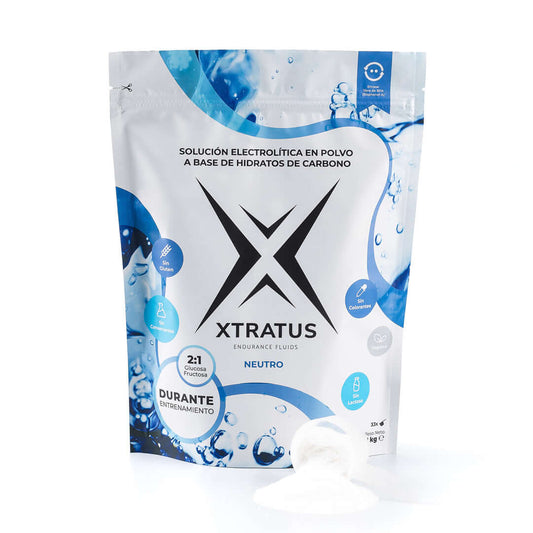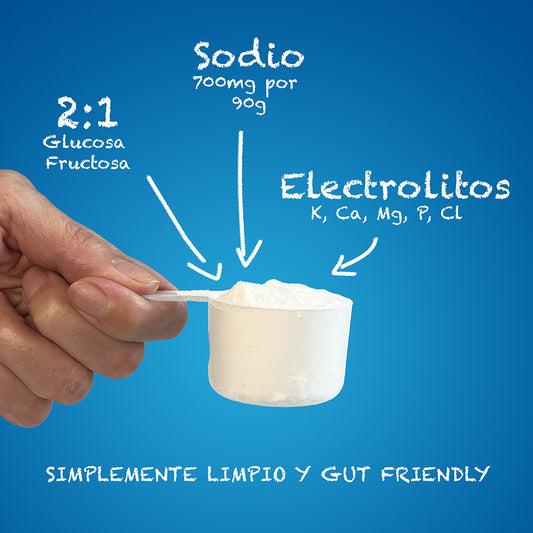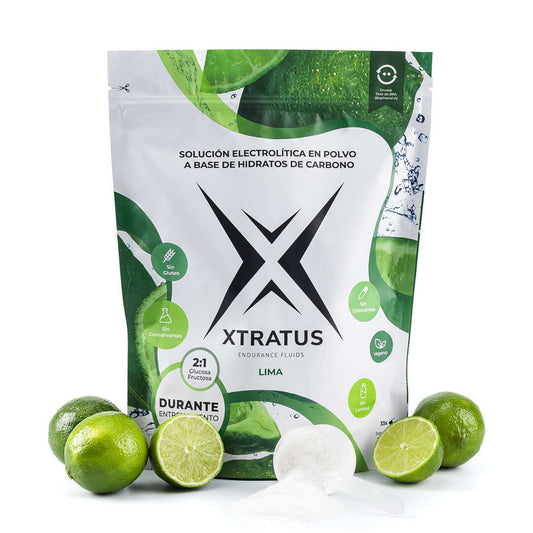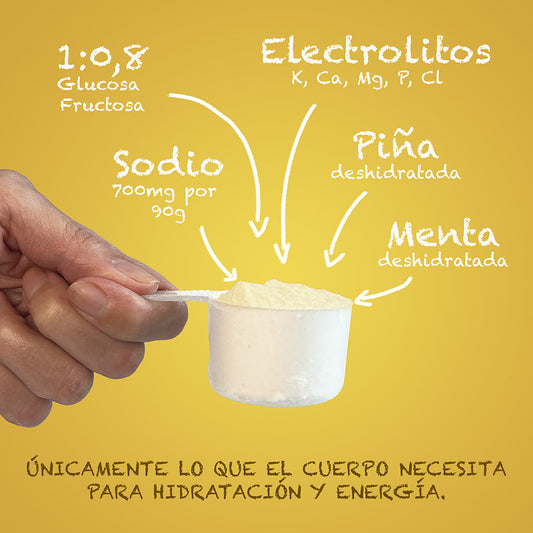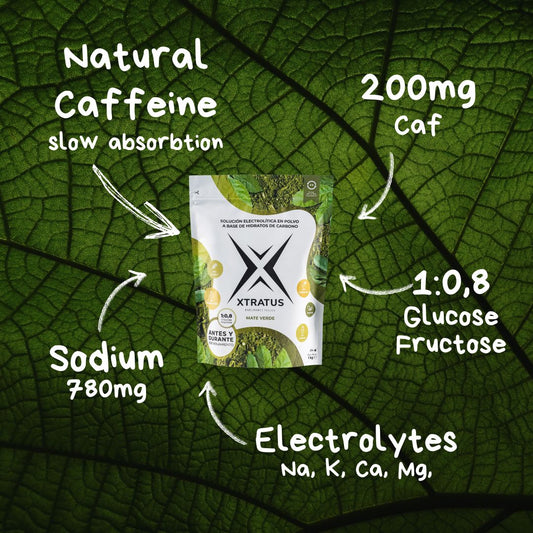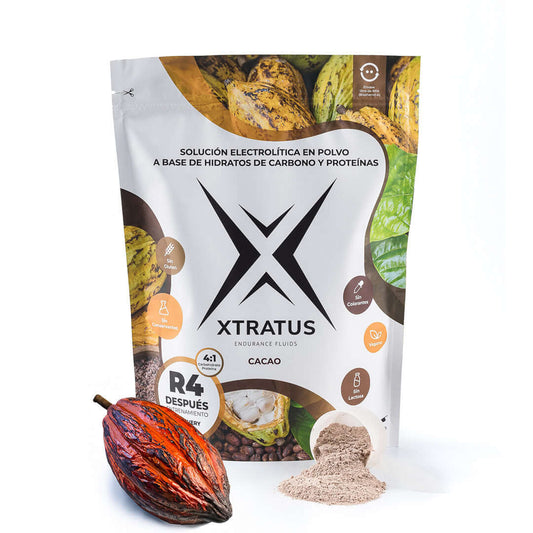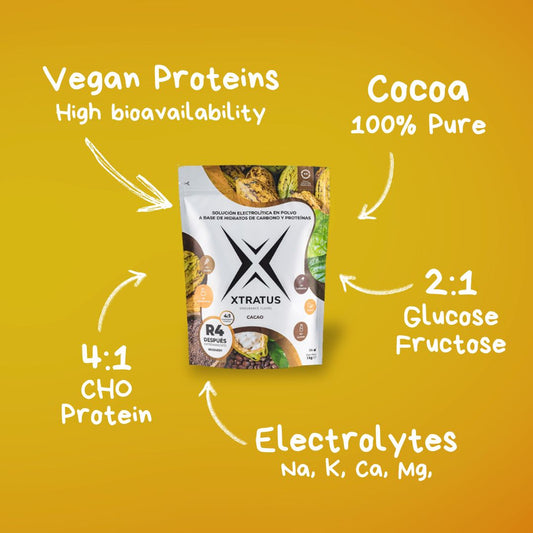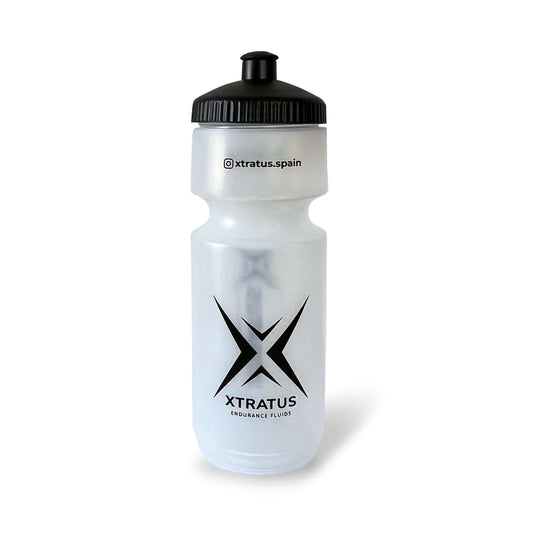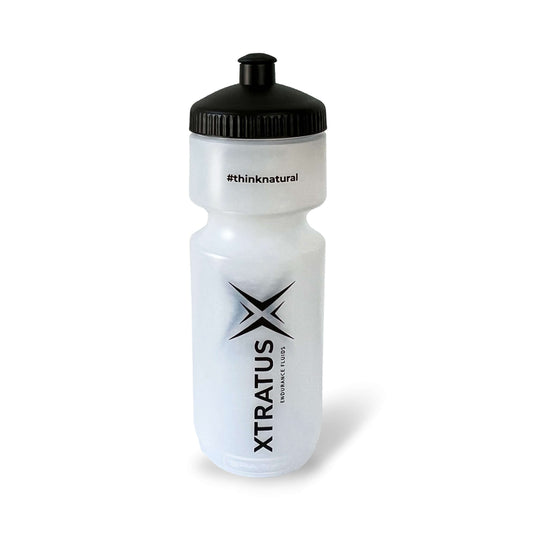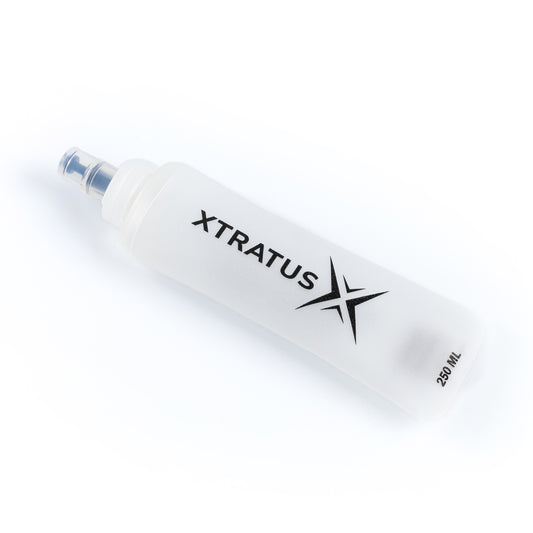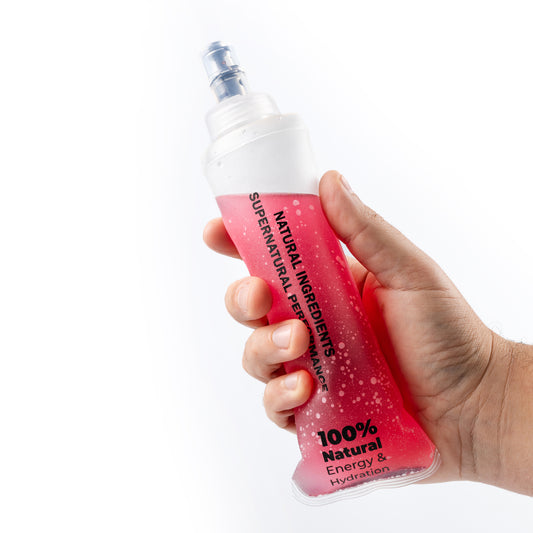
Difference between carbohydrates powder and gel
According to current sports nutrition guidelines, sustained performance in high-intensity endurance sports is best supported under conditions of high carbohydrate availability.
The ability to sustain moderate-to-vigorous exercise for more than an hour depends on the cardiovascular system's ability to deliver fuel and oxygen to the exercising muscle, the metabolism's ability to convert this fuel into energy, and the metabolism's ability to maintain adequate muscle and liver glycogen.
Many Research has shown that carbohydrates In the form of a sports drink consumed during exercise lasting an hour or more, they can improve endurance performance and maintain good blood glucose levels.
There are several options available to athletes as a supplemental source of carbohydrates during training or competition, including drinks, gels, bars, and more.
Beverages and other sources of carbohydrates
The effects of supplements carbohydrates In endurance performance, these are generally examined with sports drinks, where there is greater product availability and industry sponsorship power.
The purpose of these drinks is to provide fluid, an exogenous source of carbohydrates and electrolytes during exercise to offset dehydration that can compromise performance.
In addition to beverages, there are other sources of carbohydrates available to endurance athletes during exercise, such as sandwiches, pastries, and fruit (yes!).
Some people prefer snacking to using a supplement, for different reasons and this does not do any harm, after all, our body understands that it is receiving a macronutrient (carbohydrate) regardless of the source.
With recent innovations in format and packaging, athletes now commonly use other carbohydrate sources, including commercially available gels and bars. However, the relative performance benefits of each format do not appear to be well understood.
The lack of definition of what is best for performance is important because nutritionists and athletes are unsure about what to consume.
However, the effects of how carbohydrates are available (absorption rate) and gastrointestinal discomfort can alter endurance performance and even other sports.
Intestinal discomfort is frequently reported during high-intensity endurance exercise, especially in competition, and appears to be related to food intake.
Carbohydrate gels
Carbohydrate gels appear to be well tolerated by runners, for example, and are widely used, especially by beginners and amateur athletes.
Some people report only mild symptoms of gastrointestinal discomfort, but some runners experience upper gastrointestinal discomfort, such as vomiting and diarrhea, during the event.
The combined intake of fat, fiber, and protein with carbohydrates has also been linked to gastrointestinal discomfort (think of that sandwich during a competition), and may be responsible for impairing performance, making it slower compared to carbohydrate drinks.
There are also reports of gastrointestinal discomfort among triathletes when using gels. Several studies are constantly being conducted to determine what is best for athletes.Carbohydrates ingested in the form of drinks, gels, or bars?
Therefore, the objective of our article is to discuss and attempt to "discover" what athletes accept best: a drink, a gel, a bar, or a combination of these options. Which is best for performance, for maximizing intestinal comfort during a race, a soccer match, a triathlon session, etc.
Gastrointestinal comfort
We've seen that bars cause much more nausea than gels. But drinks are more widely accepted, so the mix wasn't well received.
Carbohydrate drink 1 x 0 other options.
Stomach fullness (that feeling of fullness and satiety) as well as abdominal cramps are reduced with drinks.
Carbohydrate drink 2 x 0 other options.
Perceived exertion, muscle fatigue.
Bars and gels lead to greater perceived exertion and (probably) more muscle fatigue.
Carbohydrate drink 3 x 0 other options.
In one study, participants who used a mix of competitive sports drinks, gels, bars, or other items most often Athletes said they prefer to consume only drinks during the competition, but end up consuming other options based on referrals from friends and partners.
Carbohydrate drink 4 x 0 other options.
In summary, carbohydrate supplementation in the form of a drink during exercise at 70% of maximal oxygen consumption (VO2max) prevents the drop in blood glucose and increases the time to exhaustion.
Ingesting carbohydrate supplements in the form of a drink during exercise with sufficient glycogen and under normal environmental conditions can be effective in maintaining blood glucose levels and improving performance.
High availability of carbohydrates It can be achieved through dietary carbohydrate ingestion 24–36 h prior to physical activity/exercise to normalize or supercompensate muscle glycogen concentrations, supplemented with a carbohydrate-rich pre-race meal to restore liver glycogen content and provide a continuous release of glucose from the gut during the race.
In events lasting longer than 90 min, the provision of additional carbohydrate substrate from beverages consumed during exercise becomes more important.



